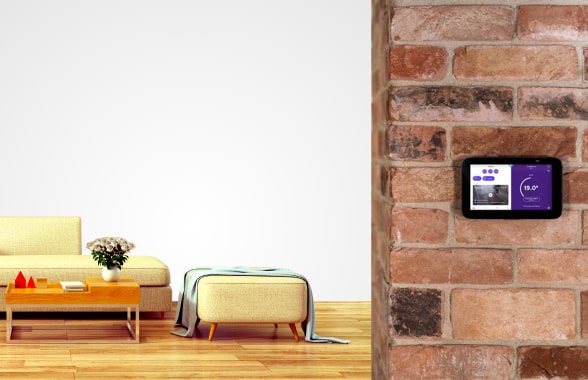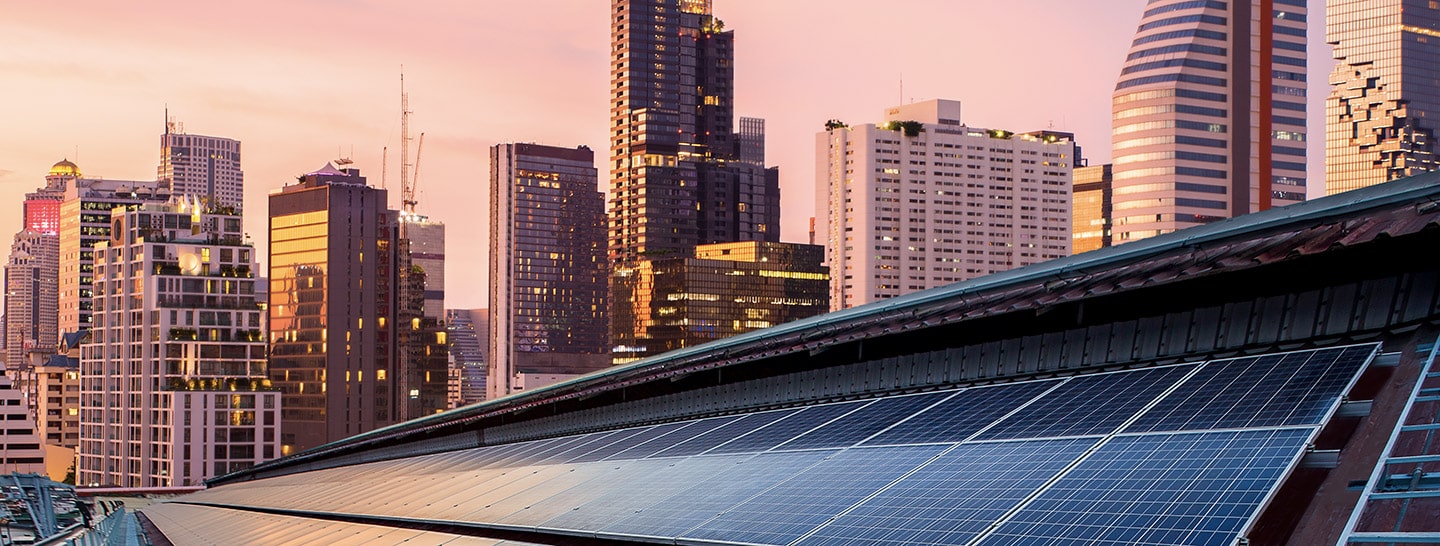A self-sufficient home is one that can independently produce all the power it needs, without the need to rely on an external power supply for its own functioning. An energy self-sufficient home uses renewable energy such as solar power to heat and cool the rooms in a smart way, and to power lights and domestic appliances. This approach helps to limit emissions and contributes to achieving electrification. How to make your home energy self-sufficient? In order to reach this aim, choosing the right orientation for the home, its shape and building materials is important, and helps to maximize the amount of energy produced by solar panels and to optimize its use. This power can also be stored by using energy storage systems, in order to be used throughout the day. This, coupled with the benefits of smart home technology, will enable the most efficient energy usage and minimize waste.
How to make a home energy self-sufficient?
Even if your home was not built according to next generation standards, it’s possible to turn it into a self-sufficient entity by maximizing its use of renewable energy and reducing waste.
Renewable energy
The first step to make your home self-sufficient is to install a system that produces renewable energy. The most common type is the photovoltaic, which uses sunlight to produce electric power through solar panels, but other types also exist, such as geothermal and wind power.
Energy storage systems
Accumulating solar power produced by the photovoltaic system in the hours of direct sunlight is what will enable you to use the stored power at night or on a rainy day. Therefore, installing a home battery storage is essential in order to satisfy your home’s energy needs.

Electrification
The key to energy efficiency is to have all domestic appliances powered by self-produced energy. In other words, the full electrification of a household’s energy needs is an essential prerequisite for a home to become self-sufficient, allowing for maximum cost-reduction and sustainability. This can be achieved by switching from traditional gas stoves and boilers to electric induction plates and heat pumps. To further improve the energy efficiency of your home, you must choose grade A, or better, household appliances and use LED low consumption light bulbs.
Insulation
To limit energy waste, it is important to correctly insulate your home. This allows for limited heat dispersion in winter and improves cooling efficiency during summer. Possible additional options are the installation of thermal insulation or substituting old fixtures with new generation ones.
What are the main benefits of having an energy independent home?
A self sufficient home means cutting energy-related consumption costs, without having to sacrifice comfort. By electrifying consumption, it is possible to eliminate the need for gas. Not only that, when most or all energy is generated from renewable sources and conveniently stored, users are protected from sudden price fluctuations (and this is a key aspect, particularly at this time). With these upgrades in place, the monetary value of the home will also increase.
Living in a self-sufficient home is an advantage, not only for your wallet but also for the environment. A new generation home dramatically reduces CO₂ emissions and minimizes the overall household carbon footprint.








